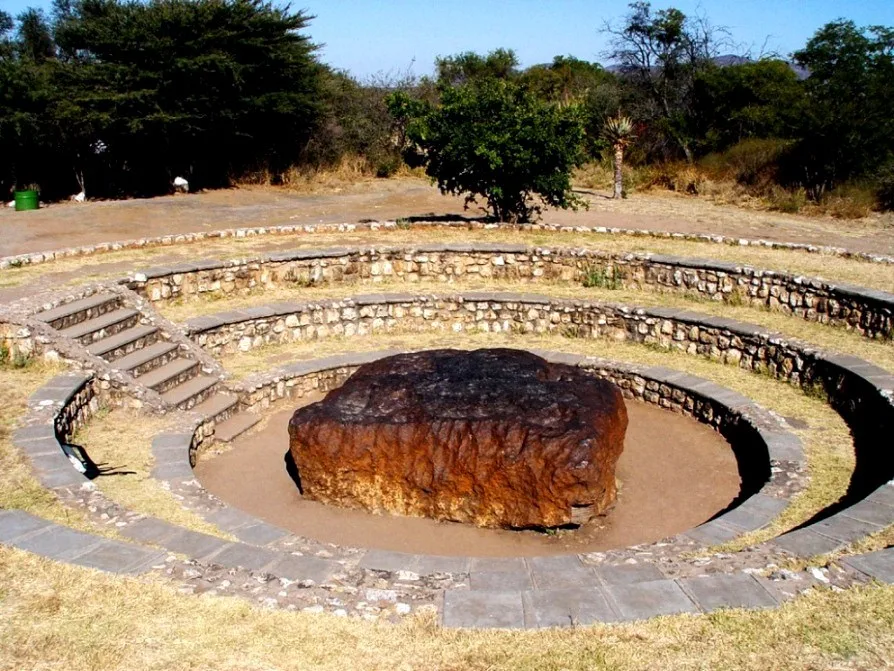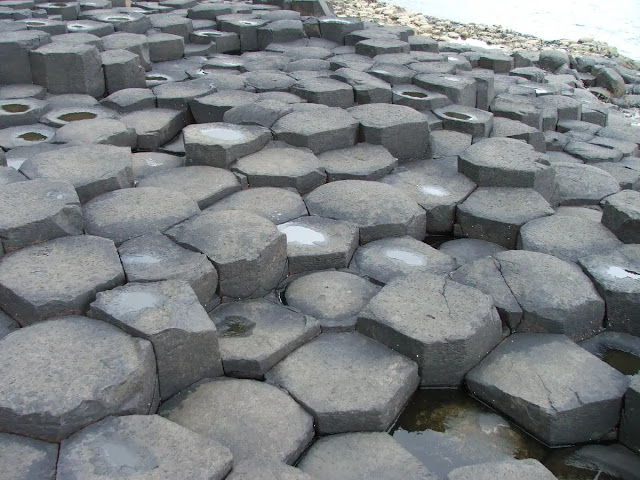Hoba Meteorite: The World's Largest Meteorite
The main mass is estimated at more than 60 tons, making it the largest known meteorite (as a single piece) and the most massive naturally-occurring piece of iron known on Earth's surface.
The name "Hoba" comes from a Khoekhoegowab word meaning "gift". Following donation to the government in 1987, a visitor centre was constructed with a circular stone access and seating area.
The Hoba meteorite impact is thought to have occurred more recently than 80,000 years ago. It is inferred that the Earth's atmosphere slowed the object to the point that it impacted the surface at terminal velocity, thereby remaining intact and causing little excavation.
 |
| The World's Largest Meteorite Hoba meteorite |
The Hoba meteorite left no preserved crater and its discovery was a chance event. The owner of the land, Jacobus Hermanus Brits, encountered the object while ploughing one of his fields with an ox. During this task, he heard a loud metallic scratching sound and the plough came to an abrupt halt.
The obstruction was excavated, identified as a meteorite and described by Mr. Brits, whose report was published in 1920 and can be viewed at the Grootfontein Museum in Namibia.
Hoba is a tabloid body of metal, measuring 2.7×2.7×0.9 metres. In 1920 its mass was estimated at 66 tons. Erosion, scientific sampling and vandalism reduced its bulk over the years. The remaining mass is estimated at just over 60 tons.
The meteorite is composed of about 84% iron and 16% nickel, with traces of cobalt. It is classified as an ataxite iron meteorite belonging to the nickel-rich chemical class IVB. A crust of iron hydroxides is locally present on the surface, owing to weathering.



%20(1).webp)




